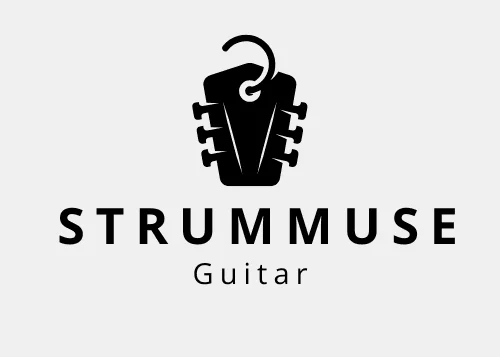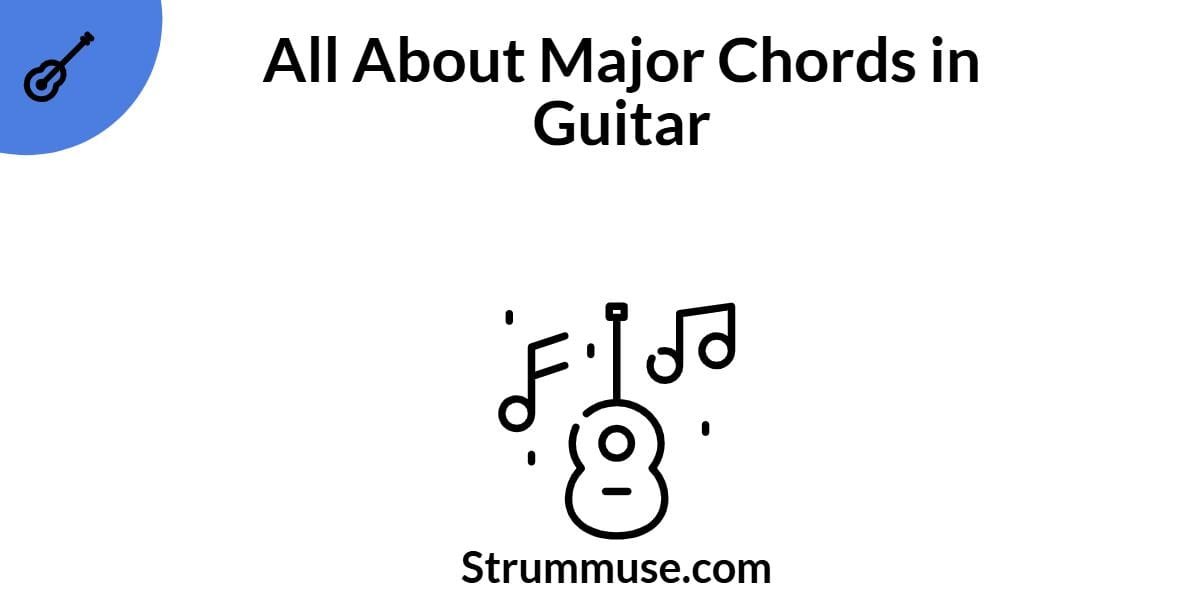When you’re starting your guitar journey, major chords are one of the first things you’ll learn—and for good reason. They form the foundation of countless songs and help you understand the basics of harmony and structure in music.
In this guide, I’ll walk you through what major chords are, how they’re formed, and how you can start practicing them confidently.
What Are Major Chords?
A major chord is a type of triad (a three-note chord) that sounds happy, bright, and strong. These chords are built using three specific notes:
- Root – The starting note of the chord.
- Major Third – Four semitones above the root.
- Perfect Fifth – Seven semitones above the root.
So, for example, a C major chord includes the notes C (root), E (major third), and G (perfect fifth).
How to Build Major Chords: The Theory
If you’re curious about why chords are built this way, here’s a bit of music theory:
The major scale follows this formula: W – W – H – W – W – W – H (W = whole step, H = half step)
Let’s build a C Major scale: C – D – E – F – G – A – B – C
- Root = C
- Major 3rd = E (3rd note of scale)
- Perfect 5th = G (5th note of scale)
Thus, C Major = C + E + G.
Major Chord Shapes on Guitar
Let’s take a look at the open major chord shapes that every beginner should know:
1. C Major
E |---0---
B |---1---
G |---0---
D |---2---
A |---3---
E |---x---
2. D Major
E |---2---
B |---3---
G |---2---
D |---0---
A |---x---
E |---x---
3. E Major
E |---0---
B |---0---
G |---1---
D |---2---
A |---2---
E |---0---
4. A Major
E |---0---
B |---2---
G |---2---
D |---2---
A |---0---
E |---x---
5. G Major
E |---3---
B |---3---
G |---0---
D |---0---
A |---2---
E |---3---
6. F Major (Barre Chord)
E |---1---
B |---1---
G |---2---
D |---3---
A |---3---
E |---1---
For barre chords like F Major, check out this post: Old Hindi Songs on Guitar for Beginners
Tips for Memorizing Major Chords
- Practice one chord shape at a time until your fingers remember the positions.
- Use flashcards or diagrams.
- Play songs that use only two or three chords.
- Watch out for finger pain; take breaks.
Need song suggestions? Start with: 10 Easy Hindi Guitar Songs for Beginners
Songs That Use Only Major Chords
Many popular Hindi songs revolve around major chords. For instance:
These songs use C, G, D, and A major frequently.
Internal Learning Resources
- All Guitar Chords and Tabs Collection
- The Ultimate Beginner’s Guide to Learning Guitar
- Mastering Guitar Strumming Patterns
Practice Routine to Master Major Chords
Try this simple 15-minute routine:
- 5 mins: Finger stretching and warm-up
- 5 mins: Play one new major chord repeatedly
- 5 mins: Switch between two major chords smoothly
Track your daily practice progress and keep a journal to stay consistent.
Final Thoughts
Mastering major chords is the first step to becoming a confident guitarist. Don’t rush—focus on clean transitions, finger placement, and consistency. Soon, these chords will become second nature.
If you’re enjoying the journey so far, keep exploring more chord-based tutorials and strumming tips on StrumMuse.com.
About this Post
I’ve played guitar for years—through gigs, teaching friends, and countless practice sessions. Every chord I share has been practiced and tested for beginner-friendliness. My aim is to guide you with clarity and passion, so your learning curve is smoother and more fun.

